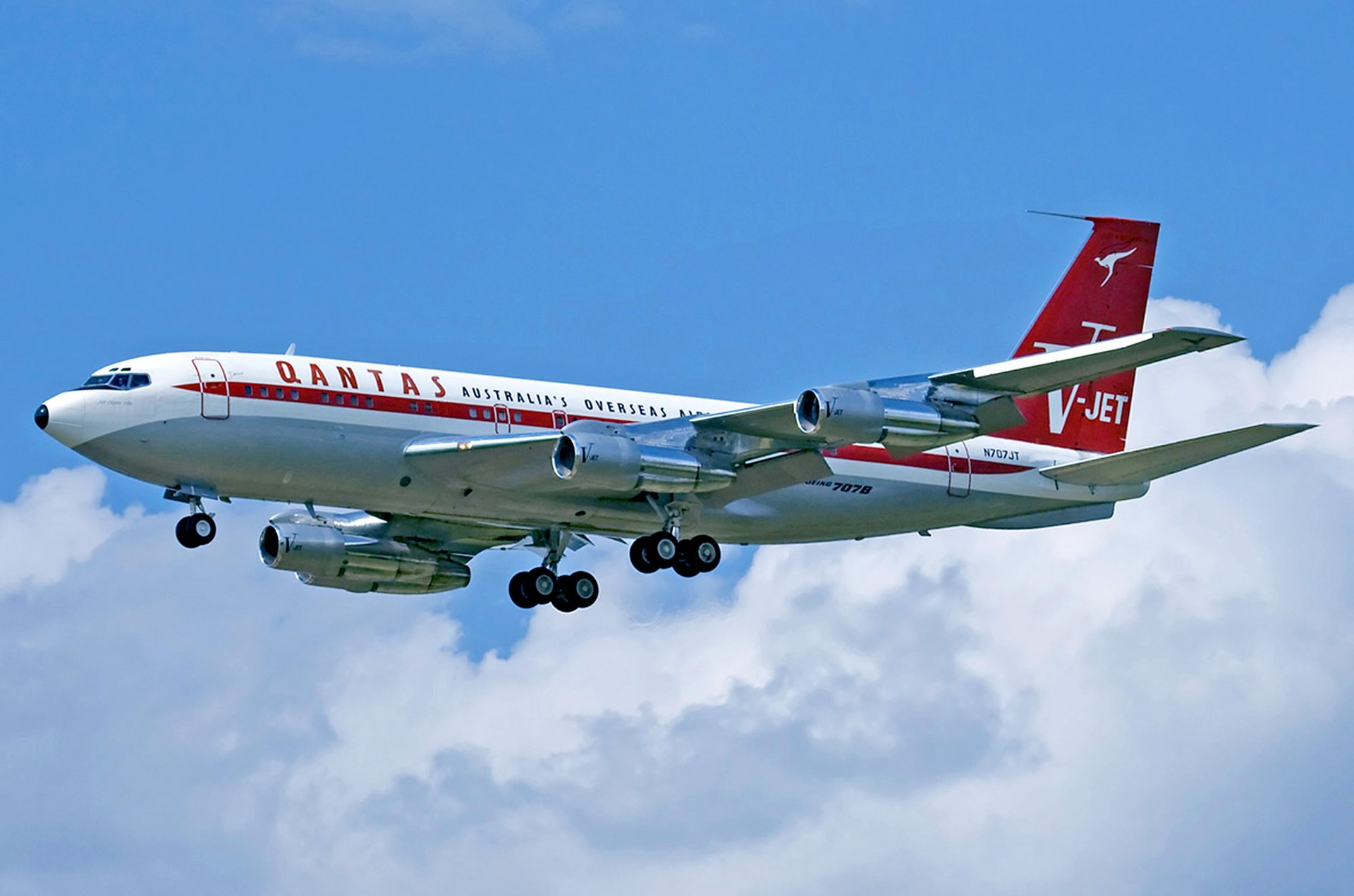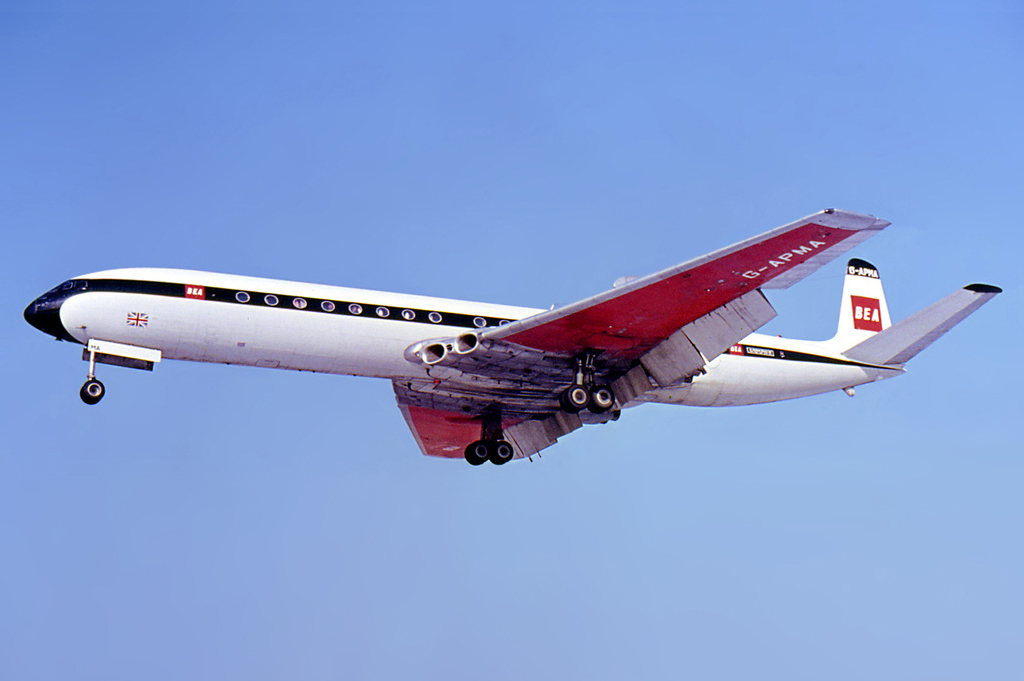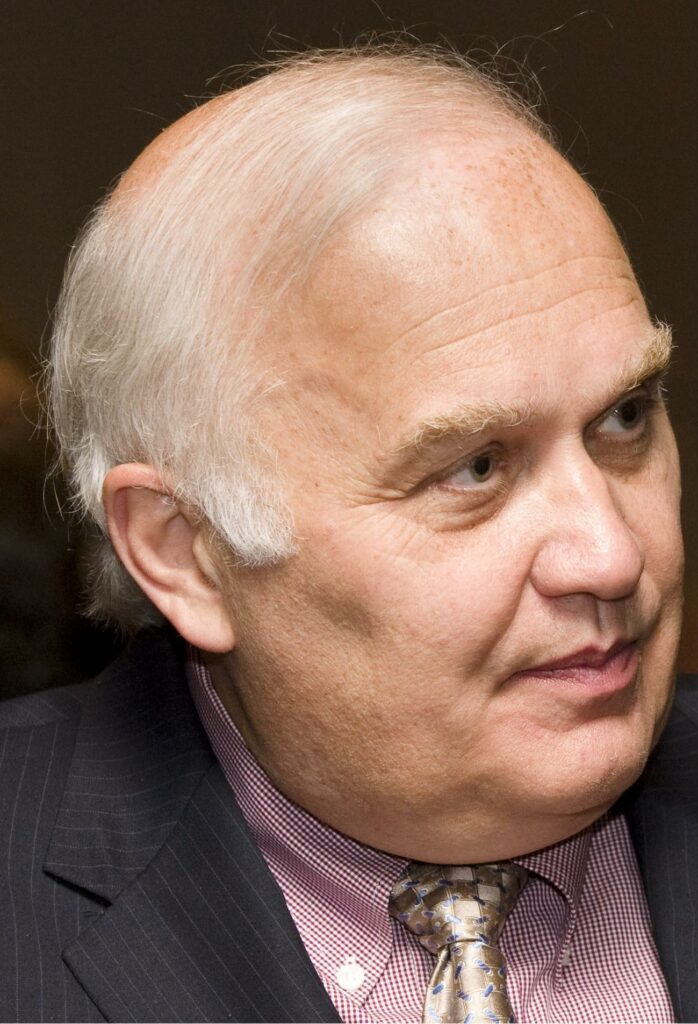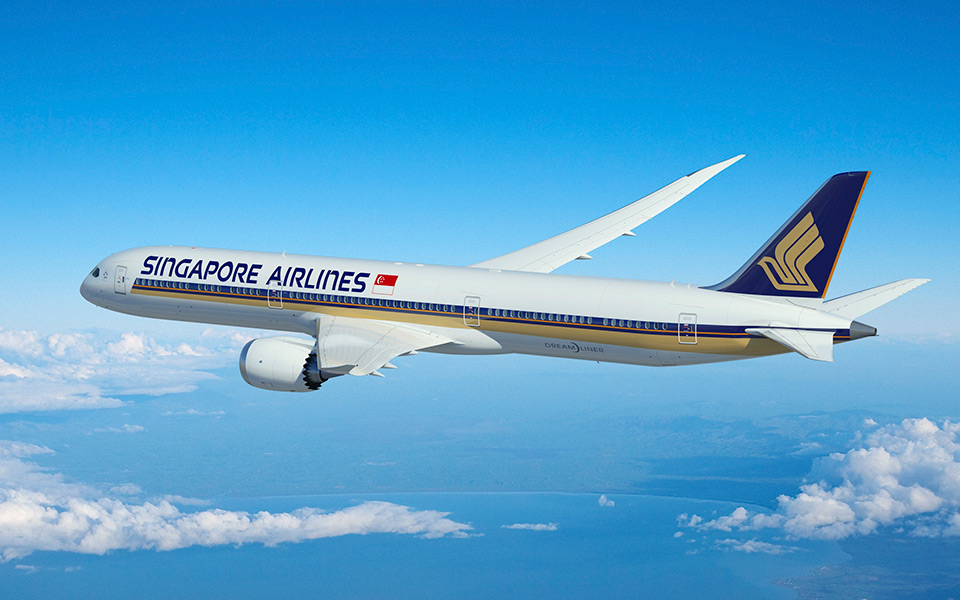Leeham News and Analysis
There's more to real news than a news release.
Engine Development. Part 3. The early turbofans.
Subscription Required
By Bjorn Fehrm
Introduction
September 1, 2022, © Leeham News: Last week, we looked at the motivation to change from propeller engines to jet engines as higher cruising speeds were sought for airliners.
We learned the straight jet engine, while good for military jets, wasn’t well suited for civil airliners. It was noisy and fuel-thirsty. It was why the subsequent engine development, the turbofan, was quickly accepted by the airlines.
Summary
- The first turbofans from Rolls-Royce, Pratt & Whitney, and GE had different designs.
- The advantages of the turbofan over the straight jet were quickly recognized. The turbofan has been the choice for airliners since the late 1950s.
Engine Development. Part 2. The early jet engines.
Subscription Required
By Bjorn Fehrm
Introduction
August 25, 2022, © Leeham News: Last week, we started a series about jet engine development for our air transport aircraft. The jet engine came to replace the piston and gas turbine propeller engines when airplanes sought higher cruising speeds.
In the second part of the series, we look at why the jet engines were developed and their advantages and disadvantages compared to what they replaced.
Summary
- When the propeller engine came to its speed limits, the straight jet engine was the answer.
- While it helped with speed, it created other problems.
Bjorn’s Corner: Sustainable Air Transport. Part 33. eVTOL batteries.
August 19, 2022, ©. Leeham News: This is a summary of article Part 33P, eVTOL batteries. This article discusses the trickiest system on an eVTOL, the battery system.
The battery system supplies the energy to the VTOL, and given today’s and tomorrow’s battery technology; it’s a tight resource that needs a lot of pampering.
Engine Development, Part 1: Launch to Entry into Service
Subscription Required
By Vincent Valery
Introduction
Aug 18, 2022, © Leeham News: LNA analyzed the evolution of commercial aircraft development timelines last month. The time between a program launch and entry into service significantly increased over time, including for derivatives.
The increase in development time is primarily the result of more complex and safer airplanes. Introducing new materials, notably a more extensive use of composites, also explain longer development timelines.
LNA now starts a new series on the topic of commercial aircraft jet engines. The goal is to go through significant innovations from the beginning of the jet age.
This first article analyses whether engine development time between launch and entry into service increased significantly over time.
Summary
- Military development led to the first commercial jet engines;
- The divergence between military and commercial programs;
- Pushing the envelope of the same fundamental engine architecture;
- Harder to identify development timeline evolution.
A Boeing 787-10 HGW, how good is it?
Subscription Required
By Bjorn Fehrm
Introduction
February 24, 2022, © Leeham News: The CEO of Boeing Commercial Aircraft (BCA), Stan Deal, said at the Singapore Air show the company worked on increased gross weight versions of both the 787-9 and -10.
Target is to get the 787-10 to the range of the aircraft it shall replace, the 777-200ER and -300ER. It means more than 7,000nm of range against the 6,400nm of today.
How many tonnes of increased Gross weight does this mean, and what would be the performance compared with the Airbus A350-900? We use our airliner performance model to find out.
Summary
- The 787-10 can grow to a range of over 7,000nm with a modest increase of its gross weight.
- It will be competitive with the A350-900 but for the longest routes in such a variant.
Engine OEMs pushing ahead for next airplane, even as Boeing pauses
Subscription Required
By Scott Hamilton
Nov. 1, 2021, © Leeham News: David Calhoun may not be anywhere near ready to launch the Next Boeing Airplane (NBA), but the engine makers are actively researching and developing engines to hang of whatever that NBA will be.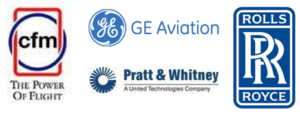
Calhoun, the CEO of Boeing, repeatedly said the NBA will be more about reducing production costs through advanced design and production methods. For some time, Calhoun said the next engines available on the assumed timeline—to about 2030—will have only 10% better economics than today’s engines.
And 10% isn’t enough for the airlines or the commensurate reduction in emissions.
CFM/GE Aviation/Safran are developing an “open fan” engine that will reduce fuel burn and emissions by 20%. A target date for entry into service is in the 2030 decade. The open fan builds on R&D of open rotors that have been underway since the era of the Boeing 727 and McDonnell Douglas MD-80.
Pratt & Whitney sees an evolution of its Geared Turbofan engine. The GTF was under development for 20 years before an operating engine made it onto the Bombardier C Series (now the Airbus 220), the Airbus A320, and United Aircraft MC-21. The GTF also was selected for the Mitsubishi MRJ90, which launched the GTF program. However, Mitsubishi pulled the plug on the MRJ/SpaceJet program last year. PW remains committed to the GTF for future engines.
Rolls-Royce is developing the Ultra Fan and Advanced engines. GE’s Open Fan and RR’s engines adopt geared turbofan technology pioneered by PW but add new technology.
LNA takes a look at the new engines for the NBA or any other competing airplane in a series of articles.
Pontifications: Engines drive timing of new Embraer TPNG
The first report appeared Oct. 18, 2021.
Oct. 25, 2021, © Leeham News: Embraer appears marching toward launching a new turboprop aircraft next year with a targeted 2027 entry into service.
The timing will be determined by the engine. Pratt & Whitney, GE Aviation and Rolls-Royce have development programs. PW and GE are farthest along. PW is thought to have the best chance of winning Embraer’s business. (Pratt & Whitney supplies the engines for the E2 jet. GE supplied the engines for the E1.)
In an interview at the IATA AGM Oct. 3-5 in Boston, Arjan Meijer, the president of Embraer Commercial Aviation, said the competition remains open today.
The P2F freighters, 757-200P2F versus A321P2F.
Subscription Required
By Bjorn Fehrm
Introduction
August 19, 2021, © Leeham News: In our series about freighters, we now look at domestic freighters based on the Boeing 757-200 and the Airbus A321. The 757-200 is a popular Passenger to Freighter (P2F) conversion, but as production of the 757 stopped in 2004, there is a limit to the conversion feed-stock for the model.
At the same time, older A321s are reaching market values where their cost enables competitive P2F conversions.
We use our performance model to check if the A321P2F is a good alternative to the 757-200P2F.
Summary
- The feed-stock for the Boeing 757-200 Passenger to Freighter conversions will diminish at some point in the future.
- The alternative in the same freight volume class is a converted A321. We check how well it fits the bill as an alternative to the 757-200.


